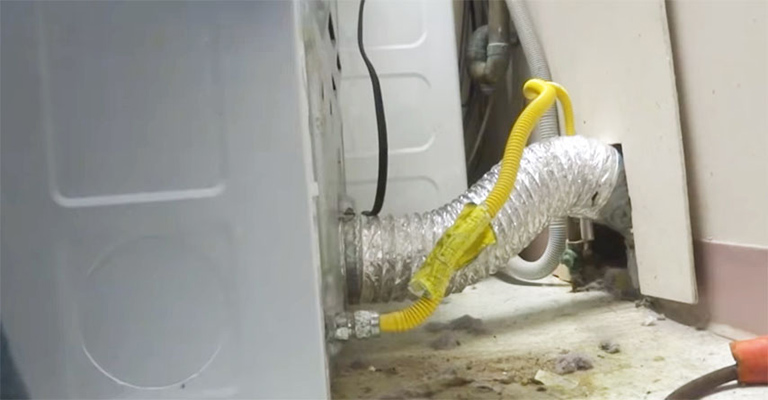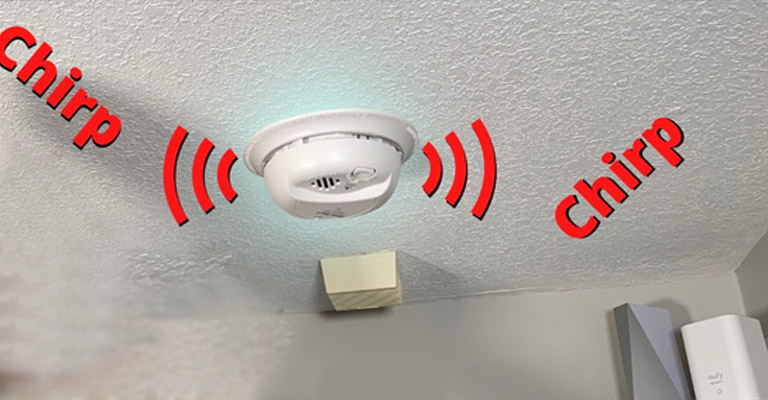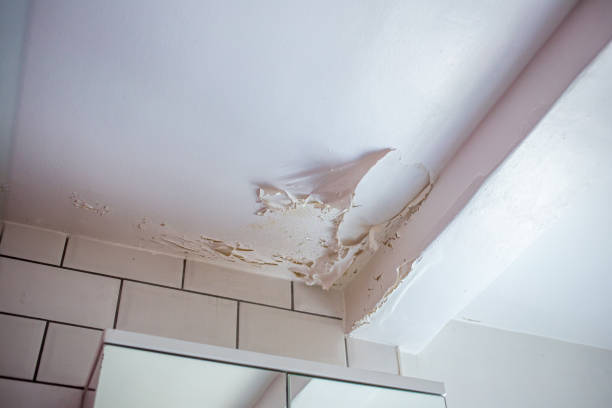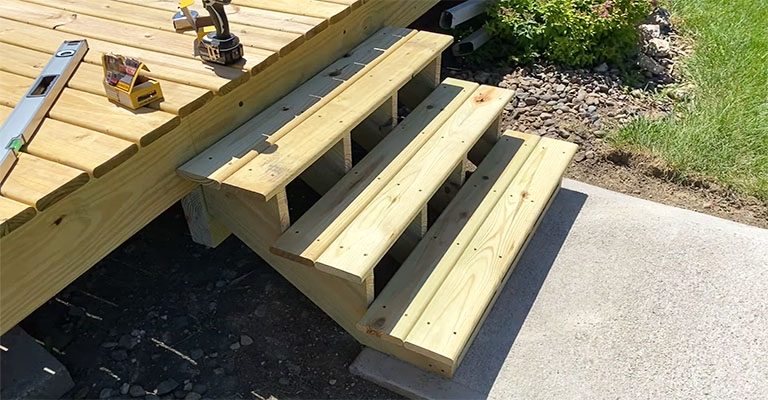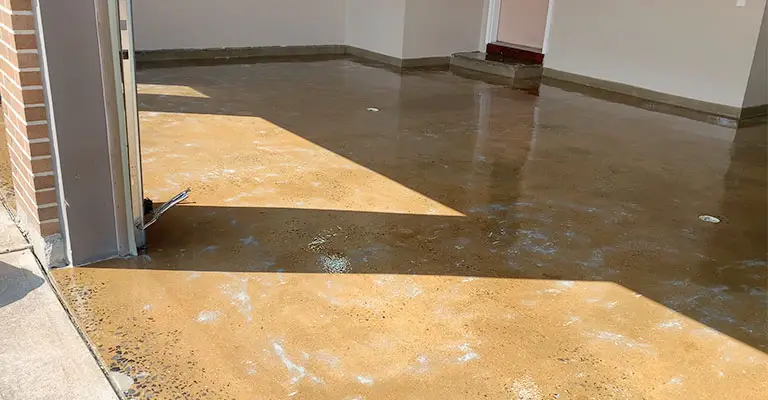How Do You Fix A Cracked PVC Pipe Without Replacing It?
Many homeowners have to deal with a cracked PVC pipe. A cracked PVC pipe is a problem that can easily become costly. Replacing the pipe will probably cost more money than it’s worth.
Is it possible to fix the pipe without replacing it? If you have a cracked pipe or need to replace a broken one, you might be wondering how you can repair it without replacing the whole thing.
Fixing a cracked PVC pipe is simple. All you have to do is create a new cap the same size as the broken one, then apply some strong glue to the top of the cap and push it down on top of the pipe.
However, this is easier said than done. If you’ve been struggling to find a solution for your cracked pipe, make sure to check out this clever DIY repair. We may not always have access to the tools needed for this repair, but the knowledge is still definitely worth sharing!
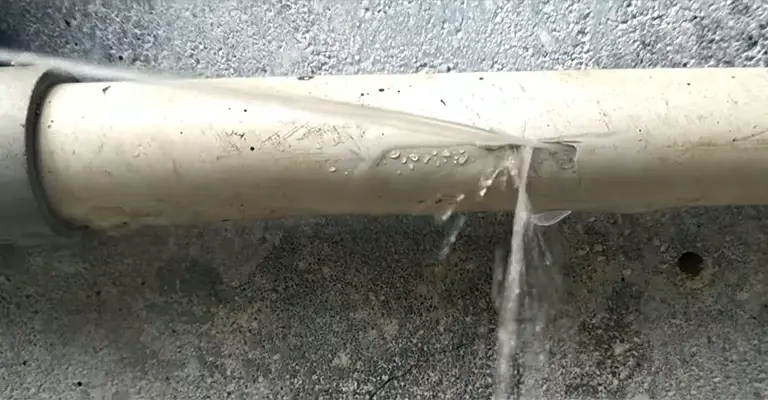
What Is A PVC Pipe?
PVC Pipe is a plastic pipe made of high-density polyethylene (HDPE) or polyvinyl chloride (PVC) that is typically flexible and transparent. The PVC pipes are used in plumbing, gas lines, drains, and irrigation systems.
A PVC pipe is the most widely used piping material for water supply systems. PVC pipes are also widely used in construction and manufacturing industries like automotive and electronics manufacturing.
PVC pipe comes in different lengths and diameters with the common sizes being 12″, 16″, 24″, 32″, 40″, 50″ and 65″. If you find out your PVC pipe has a crack in it, you can try to repair it yourself by using epoxy putty or caulk to patch the crack(s).
Why Do They Crack?
PVC pipes are a standard material used in plumbing and construction. They can be found in homes, schools, hospitals, and other public areas. These pipes have been popular for decades due to their durability and lower cost.
Unfortunately, they do not last forever. In fact, they will crack during the installation process if care is not taken to protect them from being bent or crushed when being installed.
When a PVC pipe is installed, the joint between the pipe and the fitting that it is connected to is sealed with a gasket. The joint also has a threaded coupling, which holds the pipe securely in place.
When water pressure exceeds the material strength of the joint and gets into the space between pipe and fitting, it can cause a crack to develop. One of the reasons why PVC pipes crack is because the resin in it can’t hold water. If you live in a humid environment, the process of condensation will cause the resin to dry out and become brittle.
How To Fix A Cracked PVC Pipe Without Replacing The Whole Pipe
A cracked PVC pipe is a common plumbing issue that should be addressed immediately to avoid serious consequences. One of the best ways to fix a cracked PVC pipe is by using caulk.
Lucky for you, the caulk is not an expensive repair option. It’s well worth the time and effort to repair your broken PVC pipe this way because it saves you money in the long run.
PVC pipe is a versatile material that has been used in construction for decades. However, it can be difficult to repair or replace when it experiences cracks, tears, corrosion, or other damage. Here are five ways to do so.
1. Hose Clamps And Rubber Tape
To repair small leaks in PVC pipes, this method also uses compression, just as rubber and silicone repair tapes do.
Seal the surface of the leak with rubber, then place hose clamps around the damaged area and tighten them to stop or slow the leak.
Repairing with rubber tape and hose clamps is only a temporary solution since once the leak grows, it will lose its effectiveness.
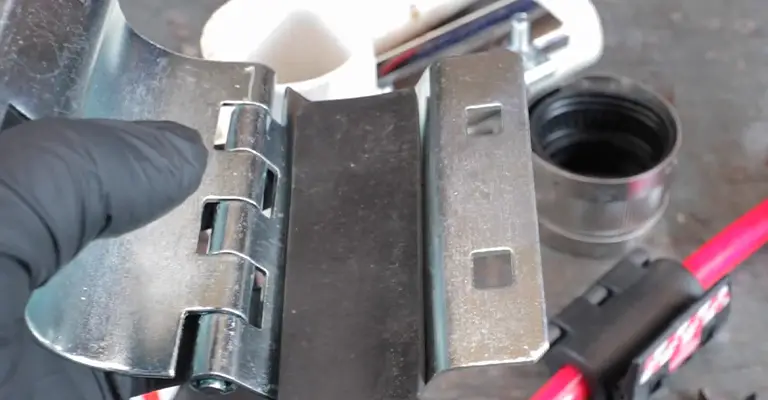
2. Rubber And Silicone Repair Tape
Repair tape made of rubber and silicone works great for minor leaks. Rubber and silicone tapes come on a roll that can be wrapped directly around the PVC pipe, just like fiberglass resin tape. Repair tape, on the other hand, adheres directly to itself instead of adhering to the pipe.
Put the tape around the leak, covering a little bit of the affected area on both sides. If you decide to use the pipes again, make sure the tape is secure and tight before attempting to patch the leak.
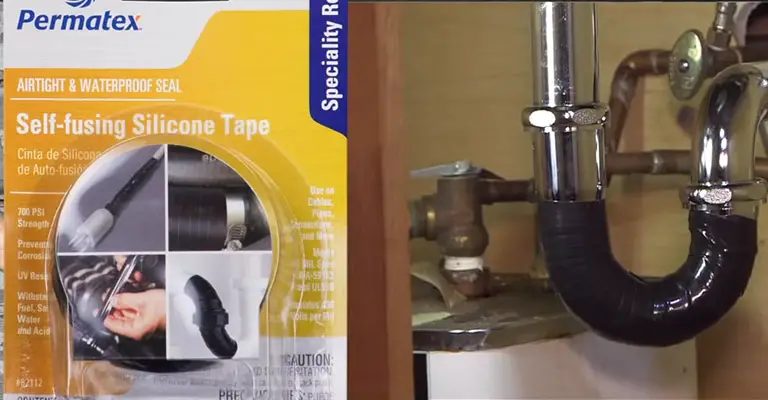
3. Epoxy
PVC and its joints can be repaired with epoxy putty or liquid, which is used to repair leaks in pipes. If you want to use epoxy to repair your pipe or joint, you need to first clean and dry the damaged area, in order to prevent water from getting into the area.
Follow the manufacturer’s instructions when mixing the putty or liquid. Allow it to dry for ten minutes before applying the epoxy. Make sure the pipe is leak-free after curing. Let the water run through the pipe to determine if it is leaking.
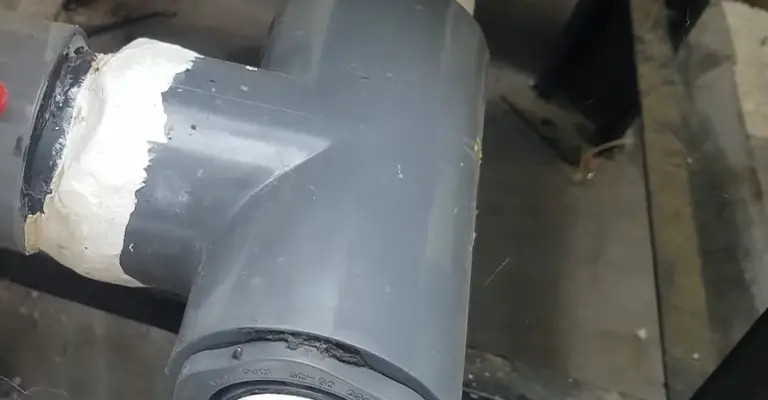
4. Fiberglass Resin Tape
The fiberglass resin tape can slow the damage to a leaking PVC pipe as a temporary fix. Repair is simple with fiberglass tape by using water-activated resin, which hardens around the pipe and reduces leakage.
Use a damp rag to clean the damaged part of the PVC pipe before applying the tape. Put the tape on the damaged area while it is still wet and wait 15 minutes for it to harden.
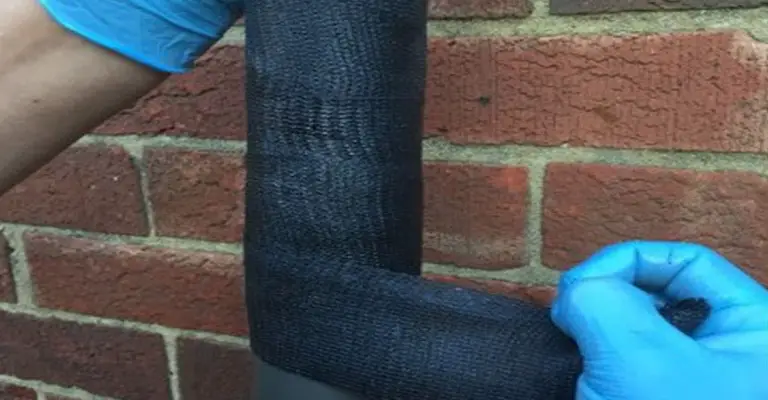
5. Fiberglass Resin Cloth
A more permanent repair can be made with fiberglass resin cloth. The process for fixing a leak or damage is the same as with resin tape: clean and lightly sand the area to make it more adherent.
After the damage is covered with resin cloth, the leak can be repaired. Put a UV light directly on the pipe or place the section of the pipe in the direct sunlight to start curing the resin.

How Do You Repair A Hairline Crack In PVC Pipe?
PVC pipe is a flexible, durable, and inexpensive material with a wide range of applications. This pipe comes in different thicknesses and diameters. If you notice a hairline crack in your PVC pipe, there are some ways to repair it. You can use PVC cement or epoxy to repair the crack.
It can usually be repaired by following the guide below:
- Start by inspecting the crack to determine the size.
- Remove any loose pieces of the plastic using pliers or a utility knife to prevent more damage from occurring while repairing it.
- Apply PVC caulk to coat the broken side of the pipe and allow it to dry for 10 minutes or until it becomes tacky before proceeding with step 4.
- Cut a piece of tape at least twice as long as you need and apply it to one end of your pipe crack before wrapping it around the other end and pulling both ends tight.
Final Words
Repairing PVC pipes without the need for complete pipe replacement is both practical and cost-effective. When faced with a PVC pipe leak, using the right repair method can save time and money. Whether it’s a minor leak or a more significant damaged PVC pipe, options like PVC glue, PVC pipe fittings, or innovative solutions like flex tape offer effective ways to mend the existing pipe. This approach not only preserves the integrity of the existing plumbing system but also reduces the environmental impact associated with new PVC pipe and replacement fittings.
Moreover, addressing water leaks promptly with suitable repair PVC techniques is crucial for maintaining the longevity and functionality of your plumbing system. By choosing the appropriate repair method, whether it’s using a PVC fitting or other methods, homeowners can ensure a durable and reliable solution to their damaged pipe issues. Remember, the key to a successful repair lies in accurately assessing the damage and selecting the right materials, such as PVC glue or flex tape, to create a lasting seal that prevents future leaks.
Also read – type of drainage pipe to use under the driveway.

